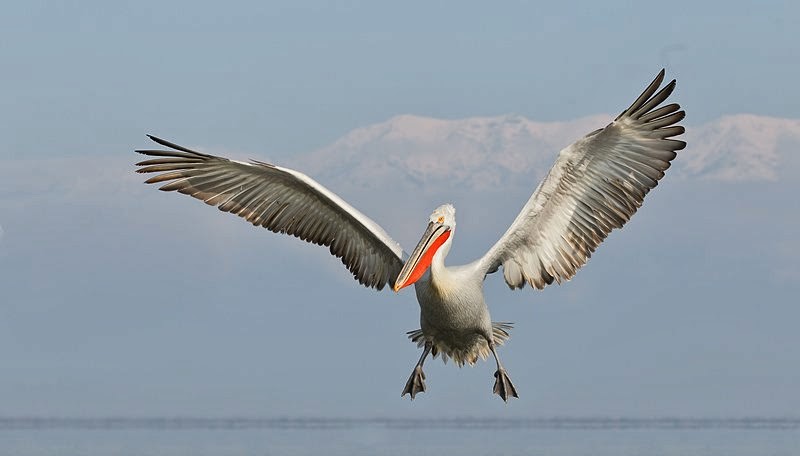your favorite celebrity as children #childhood #celebrities #actress #stars
Welcome to Hollywood Spotlight! Dive into the glamorous world of Hollywood with us as we bring you the latest news, exclusive interviews, and behind-the-scenes glimpses of your favorite celebrities. From red carpet events and award show highlights to candid moments and in-depth profiles, we cover it all. Join our community of celebrity enthusiasts and stay updated on the lives of the stars you love. Subscribe now for your daily dose of Hollywood magic, gossip, and everything in between!WildLife
THIS BLOG IS FOR ALL ANIMALS AND BIRDS PURPOSES ONLY. CONTENT MAY CONTAIN ERRORS OR INACCURATE INFORMATION, AS IT IS BASED ON GOSSIP, NEWS, RUMORS, AND PERSONAL OPINIONS. ALL IMAGES AND VIDEOS THAT APPEAR ON THIS BLOG ARE COPYRIGHT THEIR RESPECTIVE OWNERS. IF YOU OWN THE RIGHTS TO ANY OF THE IMAGES AND DO NOT WISH THEM TO APPEAR ON THIS BLOG, THEN Contact Me AND I WILL REMOVE THEM IMMEDIATELY
Friday, May 31, 2024
Thursday, May 16, 2024
Animal best attack failed 2024
Animal attacking
https://youtube.com/shorts/NgZcxuU309c?si=0M4lTGcAYAzTGRq_
please subscribe:
https://youtube.com/@usbeauty3410?si=JvZRTuvc_PZci4_q
Video of animal 2024
Animal hunting video
https://youtube.com/shorts/IRzCrdtMNl8?si=ImVesTjxHJOUnsNU
Please subscribe: https://youtube.com/@usbeauty3410?si=JvZRTuvc_PZci4_q
Saturday, April 27, 2024
Pets New HD Wallpapers
Domestic pets are complex creatures. Have you ever wondered why they do certain things? Your cat looks smart, but how sharp is his memory? Why is it that your dog can always outrun you? Is it your imagination, or does it seem like your bird is always eating? Here are some interesting facts that will keep you guessing.



















